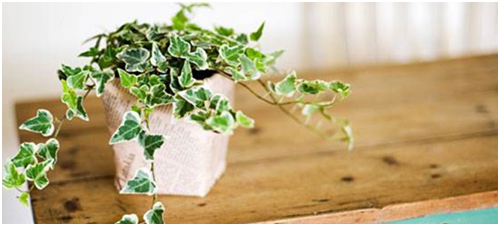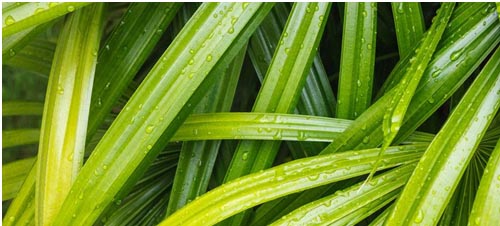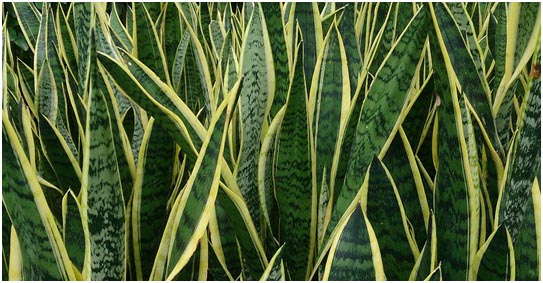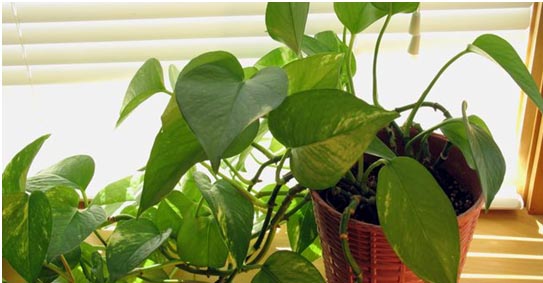Isn’t it outside air that’s harboring all the toxins? Well, there are plenty of toxins floating around outside thanks to pesticides and herbicides, vehicle fumes, and other industrial pollutants. Unfortunately, you’ll find a plethora of toxins in the air inside your own home as well.
Indoor air quality is affected by:
· Cleaning products, especially laundry detergent and fabric softener, as laundry chemicals are the top indoor pollutant.
- Chemical flame retardants in furniture, mattresses, and children’s PJs.
- Formaldehyde found in gas stoves, garbage bags, paper towels and tissues, carpet backing, and some fabrics
- Fragrances and other toxins carried in on your clothes and shoes from outdoors.
Houseplants are an effective, simple, and inexpensive way to purify indoor air. Here are smart options you can buy at your local nursery.


ENGLISH IVY : This hearty, climbing vine thrives in small spaces. It also fares well in rooms with few windows or little sunlight. Its dense foliage excels at absorbing formaldehyde—the most prevalent indoor pollutant, says Wolverton—which shows up in wood floorboard resins and synthetic carpet dyes.

BAMBOO PALM : Bamboo palms are effective at removing chemical contaminants from the air like formaldehyde and benzene. They also help to keep the air moist, which is especially helpful during winter months when heaters can produce overly dry indoor air.

SNAKE PLANT : Also known as mother-in-law's tongue, this sharp-leafed plant thrives in low light. At night it absorbs carbon dioxide and releases oxygen. Pot a couple and put them in your bedroom for a slight oxygen boost while you sleep.

GOLDEN POTHOS: This fast-growing vine has a reputation for flexibility. Like many other vines, it tackles formaldehyde, but golden pothos also targets carbon monoxide and benzene. Consider placing one in your mudroom or entryway, where car exhaust fumes heavy in formaldehyde are most likely to sneak indoors from the garage.
BOSTON FREN: Boston fern is known for being the best plant for removing indoor air pollutants, and for adding humidity to indoor air. Boston fern is somewhat finicky and requires an attentive caretaker. Without frequent watering and misting, the leaves will quickly turn brown and fall off.
ALOE VERA: This easy-to-grow, sun-loving succulent helps clear formaldehyde and benzene. Aloe vera is a smart choice for a sunny kitchen window. Beyond its air-clearing abilities, the gel inside an aloe plant can help heal cuts and burns.
RED EDGED DRACAENA: While this slow-growing shrub can get quite tall (up to 15 feet), it's relatively compact and will make the most out of whatever floor space you can offer it. For best results, keep one in a room with high ceilings and moderate sunlight, and water occasionally. Its red-trimmed leaves will deliver a dose of unexpected color.This plant will take care of gases released by xylene, trichloroethylene, and formaldehyde, which can be introduced by lacquers, varnishes, and sealers.



















Your Message